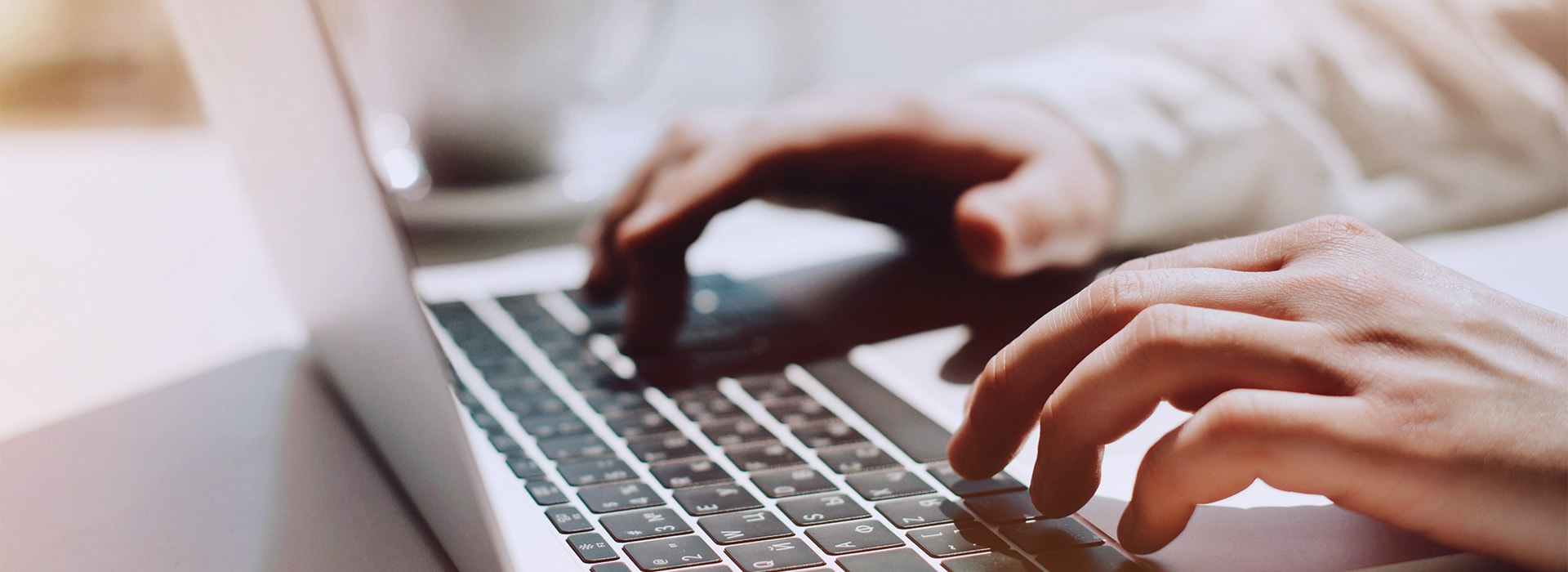IPL (intense pulsed light) photofacials can benefit people who want to rejuvenate their skin and say goodbye to redness, age spots, and pigmentation. IPL treatment emits light energy or pulses that can penetrate deep into the dermis, minimizing the signs of aging and improving skin colour and texture.
If you’re considering an IPL photofacial, you’re probably wondering how often you can get this treatment and what factors may affect its frequency. You can have an IPL photofacial every 3 weeks for 2 to 5 treatments depending on the area and desired results.
What Is IPL?
IPL, or photofacial, is a cosmetic treatment that uses a medical device to target specific skin concerns, such as sunspots, redness, and uneven pigmentation. It can address these imperfections, leaving your skin with a fresh, rejuvenated complexion.
How Does IPL Work?
IPL uses light energy or wavelengths of pulsating light that heat the skin layers to treat skin conditions and imperfections. Unlike laser, which uses one wavelength, IPL uses different wavelengths to scatter and penetrate the dermis or middle layer of the skin. It does this without harming the epidermis or skin’s surface.
The light energy heats the skin layers, and pigmented cells absorb the heat. When the pigmented cells absorb the heat, they break down. If used for hair removal, the heat destroys the hair follicle. When the body removes the dead pigment cells, it stimulates new cell growth to restore the skin.
IPL Photofacial Procedure
Before an IPL photofacial treatment, your eye doctor will discuss your skin concerns, examine your skin condition, and explain the treatment process. They may recommend you avoid the following before your treatment:
- Direct sunlight
- Tanning beds
- Waxing
- Chemical peels
- Collagen injections
- Aspirin and ibuprofen
- Creams or products that contain vitamin A
The IPL photofacial procedure uses a device to apply light pulses to the treatment area. It’s not painful, but many individuals experience a sensation similar to small rubber band snaps. A treatment session can take 20 to 30 minutes, depending on the area, size, and desired results.
After the procedure, your skin may look and feel like you have a bit of sunburn. Your eye doctor may recommend some downtime from work or suggest you schedule an appointment on the weekend or outside working hours, especially on the first treatment. Mild symptoms post-treatment can take 10-14 days to heal.
How Often Can You Get an IPL Photofacial?
The ideal frequency of getting an IPL photofacial can vary based on your skin type, concerns, and recommendations from your eye doctor. You may need 2-5 treatments because the effects of IPL photofacial are gradual, and you won’t see immediate results.
Treatment sessions are usually 3 weeks apart, but this can vary based on the area and individual needs. The time between treatments gives your skin time to recover and respond to the changes induced by the IPL treatment. Your skin’s response to IPL may vary due to factors like sensitivity, the specific concern you’re targeting, and your overall skincare routine.
If you’re dealing with stubborn pigmentation, your eye doctor might recommend more frequent sessions initially, gradually tapering off as you achieve the desired results. On the flip side, if you have sensitive skin, they may suggest more time between treatments to prevent any potential irritation.
Results from an IPL Photofacial
Generally, results are noticeable within a week to 10 days. While results can last 1-4 years, they can also differ based on your skincare routine. Your eye doctor may suggest the following to maintain results:
- Use recommended skin care products
- Wear daily mineral sunscreen
- Live a healthy lifestyle
Who Can Benefit from an IPL Photofacial?
While many consider an IPL photofacial for specific skin concerns and signs of aging, it’s not limited to age. IPL photofacial is ideal for:
- Skin showing effects of sun exposure
- Skin conditions such as rosacea
- Eye conditions such as dry eye
- Uneven complexion
If patients have tanning, they need to wait until the pigment is reduced or completely removed before an IPL photofacial treatment. IPL photofacial isn’t recommended in people with a higher melanin index, someone taking Accutane or someone with a moderate or severe acne breakout. After a consultation, your eye doctor will discuss whether IPL photofacial treatment can benefit you.

When to Avoid IPL Photofacial Treatment
While this treatment is generally considered safe and effective, some factors may make you an unsuitable candidate for IPL. For example, this treatment becomes less effective with darker or recently-tanned skin or if you’ve recently undergone an artificial tanning process.
Since everybody’s skin is different, you may need more or fewer sessions depending on your skin tone. Other factors can change the results of this session, including:
- Active infections
- Open cold sores
- Medical conditions like diabetes or lupus
- Family history of skin cancers
- If you’re pregnant or breastfeeding
Due to how many factors can affect the success of this treatment, it’s essential to consult with a qualified and trained professional. This can allow them to evaluate your needs, skin type, and medical history, which they can use to determine if IPL treatment is a suitable option for you.
Should I Try IPL for My Skin?
The frequency of your IPL photofacials can depend on several factors, such as your skin type, the severity of your skin issues, and your personal goals. Typically, individuals will undergo between 2 to 5 sessions, spaced 3 weeks apart, to achieve desired results from the treatment.
However, everyone’s skin is different and may respond differently to IPL photofacials. Book an appointment with In Focus Eyecare and EyeSpa to discuss your skin concerns, assess your skin’s condition, and receive a personalized treatment plan to help achieve a smoother complexion.





